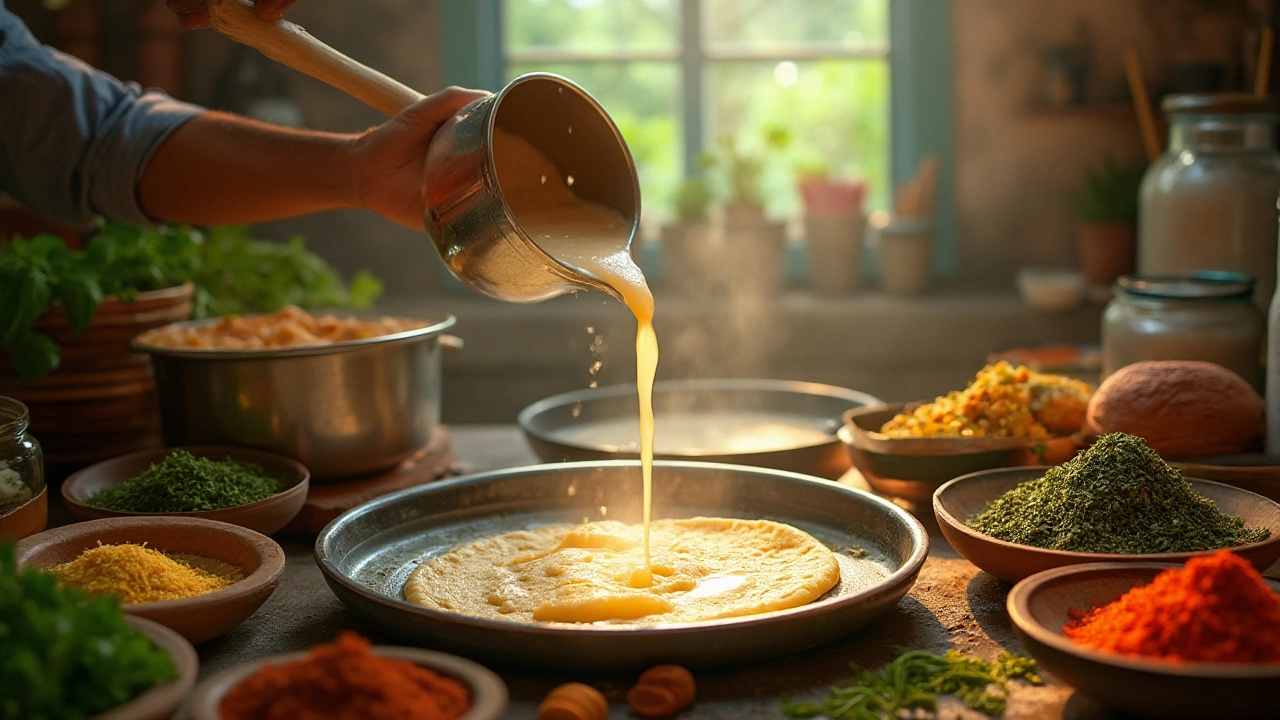Paneer Nutrients: Your Guide to the Health Powerhouse of Indian Cheese
When talking about paneer nutrients, the collection of proteins, minerals, and vitamins found in Indian cottage cheese, you’re really looking at a food that fits both comfort and fitness goals. Also known as cottage cheese, paneer delivers a solid dose of essential nutrients without the strong flavor of aged cheeses. This makes it a go‑to for veg‑friendly protein, calcium‑rich meals, and even low‑carb cooking.
One of the biggest draws is the protein, high‑quality, complete protein that supports muscle repair and satiety. A 100‑gram serving typically provides 18‑20 g of protein, rivaling many meat options. Paired with its calcium, a mineral crucial for bone strength and nerve function, paneer becomes a smart choice for anyone looking to boost bone health or keep their diet nutrient‑dense. The calcium content, often around 200 mg per 100 g, helps fill the gap many plant‑based eaters face. Beyond protein and calcium, paneer carries B‑vitamins like B12 and riboflavin, plus a modest amount of zinc and phosphorus, rounding out its nutrition profile.
Because of these attributes, paneer fits neatly into several dietary patterns. For instance, the low‑carb diet, a regimen that limits carbs while emphasizing protein and healthy fats leverages paneer’s low‑glycemic nature to keep blood sugar stable. At the same time, it plays well in the Indian cuisine, a culinary tradition rich in spices, vegetables, and diverse cooking methods, where paneer can be tossed into curries, grilled on skewers, or crumbled into salads. The versatility means you can enjoy paneer in a warming masala dish one day and a fresh, herb‑y salad the next, all while reaping the same nutrient benefits.
Understanding paneer nutrients also means knowing how preparation affects its profile. Fresh paneer retains most of its protein and calcium, but over‑cooking can cause some loss of water‑soluble vitamins. Grilling or shallow‑frying with a drizzle of olive oil adds healthy fats without compromising the core nutrients. For vegans looking for similar benefits, soy‑based cheeses can mimic protein content, but they usually fall short on calcium unless fortified. So, when you aim for a nutrient‑dense plate, choosing high‑quality paneer and using gentle cooking methods maximizes the health payoff.
Below you’ll find a hand‑picked set of articles that dive deeper into the practical side of using paneer in everyday meals, explain its role in balanced diets, and share tips for keeping its nutrient edge intact. Whether you’re prepping a protein‑rich breakfast, a calcium‑boosted snack, or a hearty dinner, the collection offers clear, actionable guidance to make the most of paneer nutrients in your kitchen.
Understanding the Uses and Benefits of Paneer Whey Water
Dive into the frequently overlooked world of paneer whey water, a byproduct brimming with nutritional and practical uses. This article explores what makes this liquid unique, how it offers a sustainable solution to food waste, and ways to incorporate it into your everyday cooking and home routines. Packed with proteins and probiotics, paneer whey proves to be more than just a kitchen discard. Learn how to make the most of this understated marvel with easy-to-follow tips and ideas.
Read more